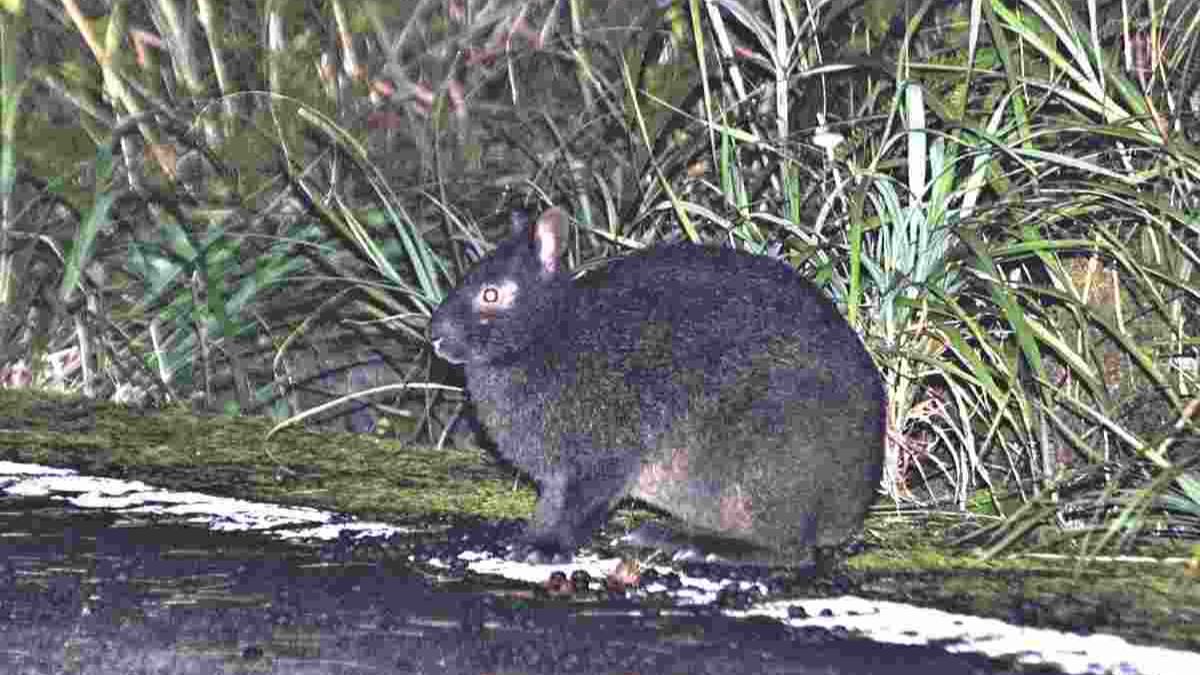 Image credit:Japan News.Yomiuri
Image credit:Japan News.Yomiuri
Japan has officially declared the eradication of the mongoose on Amami-Oshima, a subtropical island renowned for its rich biodiversity. This achievement, announced by the Ministry of the Environment, marks the culmination of nearly two decades of intensive conservation efforts aimed at protecting the island’s native species from invasive predators.
The mongoose was introduced to Amami-Oshima in the 1970s in an ill-fated attempt to control the population of venomous snakes, specifically the habu viper. However, the plan backfired as the mongoose began preying on the island’s endemic wildlife, including birds, reptiles, and small mammals, many of which were already endangered. The impact was devastating, with species like the Amami rabbit and the Amami jay facing heightened threats of extinction.
Recognizing the ecological crisis, the Japanese government launched a comprehensive eradication program in 2000. The initiative involved a combination of trapping, hunting, and the use of specially trained dogs to locate and remove mongooses from the island’s dense forests. The program also included public awareness campaigns to prevent accidental reintroductions of the species.
After years of relentless efforts, the Ministry of the Environment announced that the mongoose population on Amami-Oshima had been reduced to zero, making it the first successful eradication of an invasive mammal species in Japan. The ministry emphasized that ongoing monitoring would be essential to ensure the mongoose does not return, but the absence of sightings and evidence suggests the island is now free of the predator.
The eradication of the mongoose is expected to have a profound impact on the island’s ecosystem. Conservationists believe that the removal of this invasive species will allow the populations of native species, such as the Amami rabbit and the Ryukyu long-tailed giant rat, to recover. The success of the program also highlights the importance of targeted conservation efforts in preserving biodiversity in isolated ecosystems.
